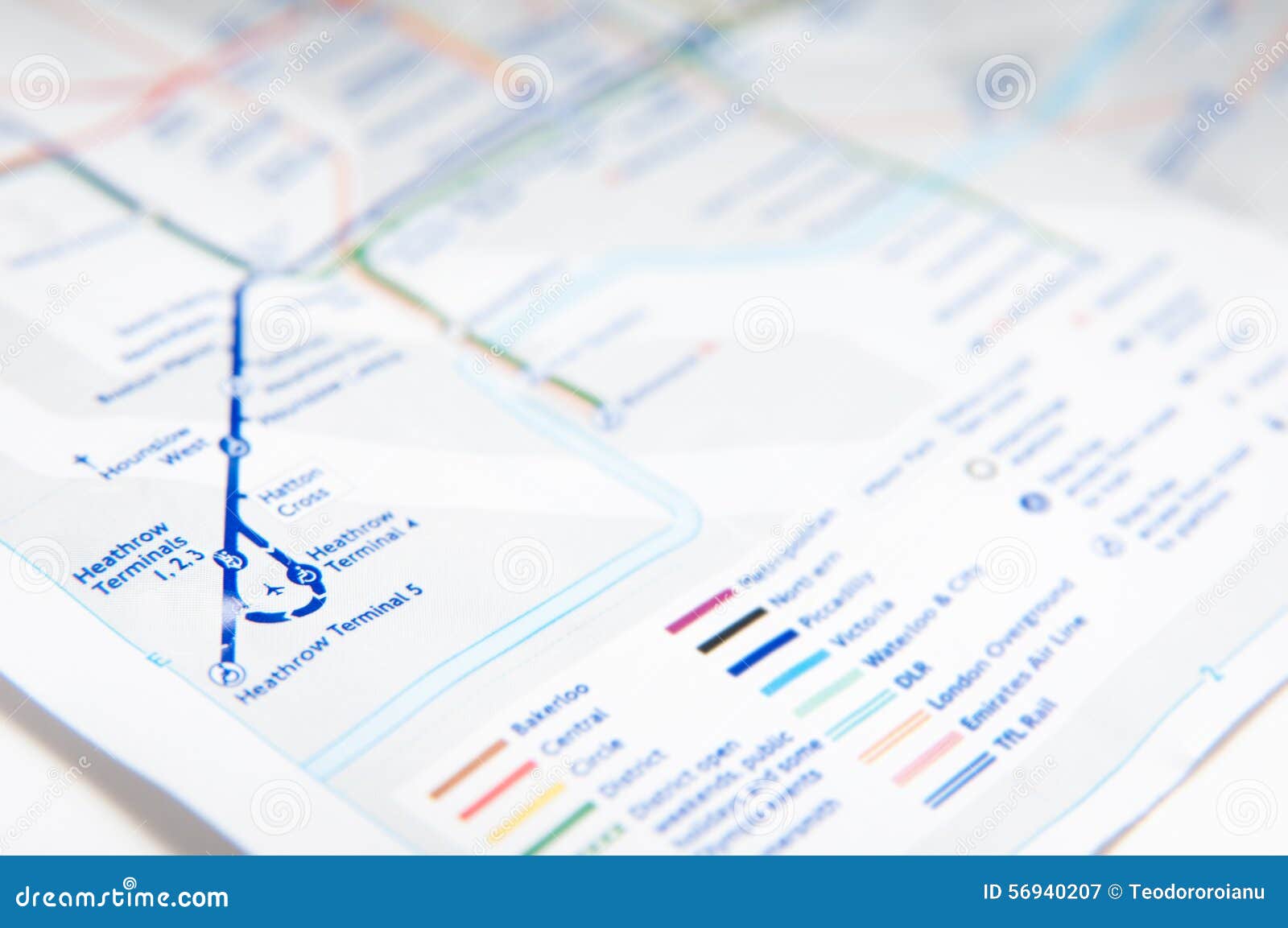

In addition, the Underground does not cover most southern parts of Greater London, and there are only 33 Underground stations south of the River Thames. Despite its name, only 45% of the system is under the ground: much of the network in the outer environs of London is on the surface. The system serves 272 stations and has 250 miles (400 km) of track. The system's first tunnels were built just below the ground, using the cut-and-cover method later, smaller, roughly circular tunnels-which gave rise to its nickname, the Tube-were dug through at a deeper level. The 11 lines collectively handle up to 5 million passenger journeys a day and serve 272 stations. The network has expanded to 11 lines, and in 2020/21 was used for 296 million passenger journeys, making it one of the world's busiest metro systems. The first line to operate underground electric traction trains, the City & South London Railway in 1890, is now part of the Northern line. Opened on 10 January 1863, it is now part of the Circle, District, Hammersmith & City and Metropolitan lines. The Underground has its origins in the Metropolitan Railway, the world's first underground passenger railway.

The London Underground (also known simply as the Underground or by its nickname the Tube) is a rapid transit system serving Greater London and some parts of the adjacent home counties of Buckinghamshire, Essex and Hertfordshire in England.


 0 kommentar(er)
0 kommentar(er)
